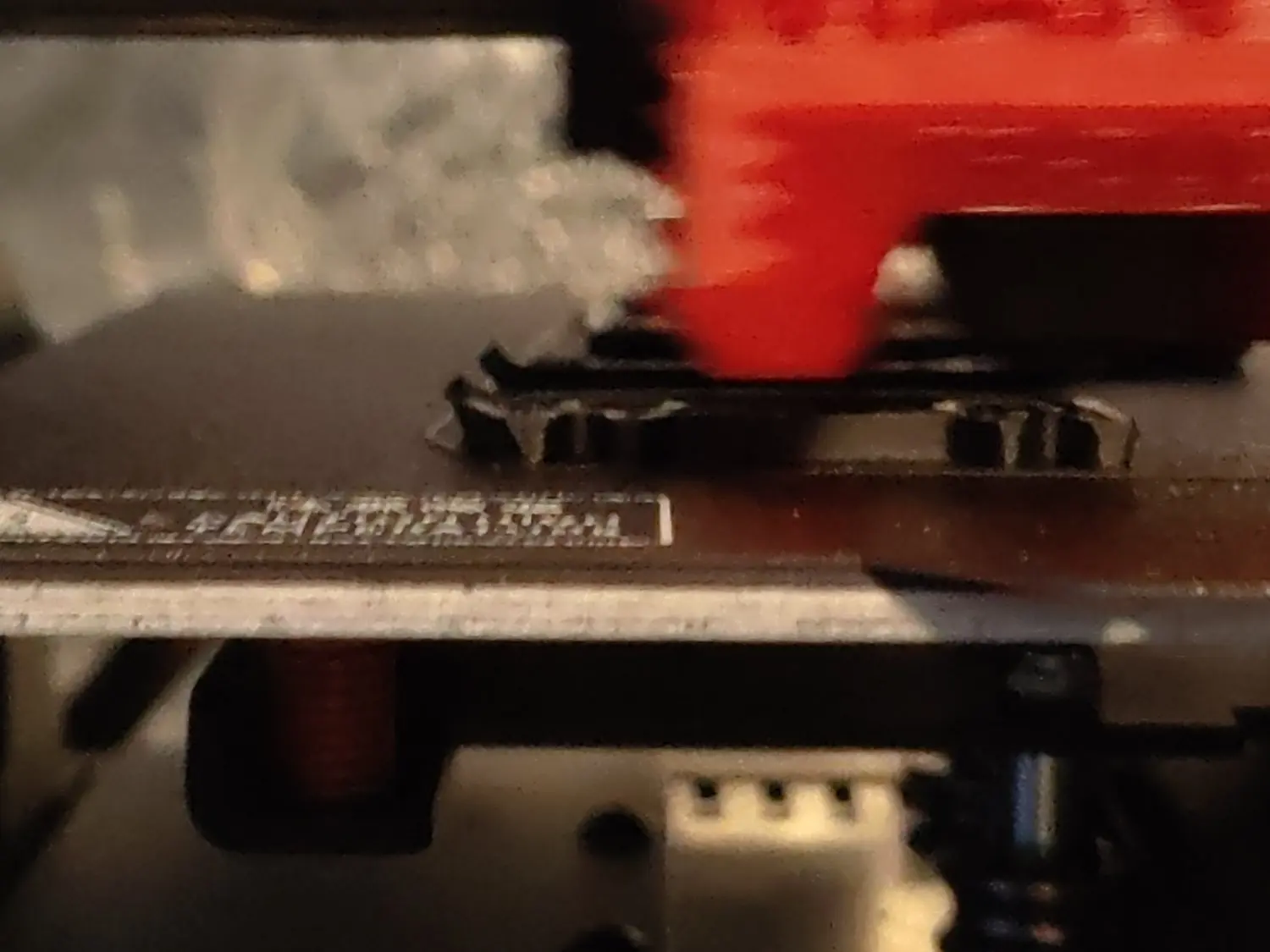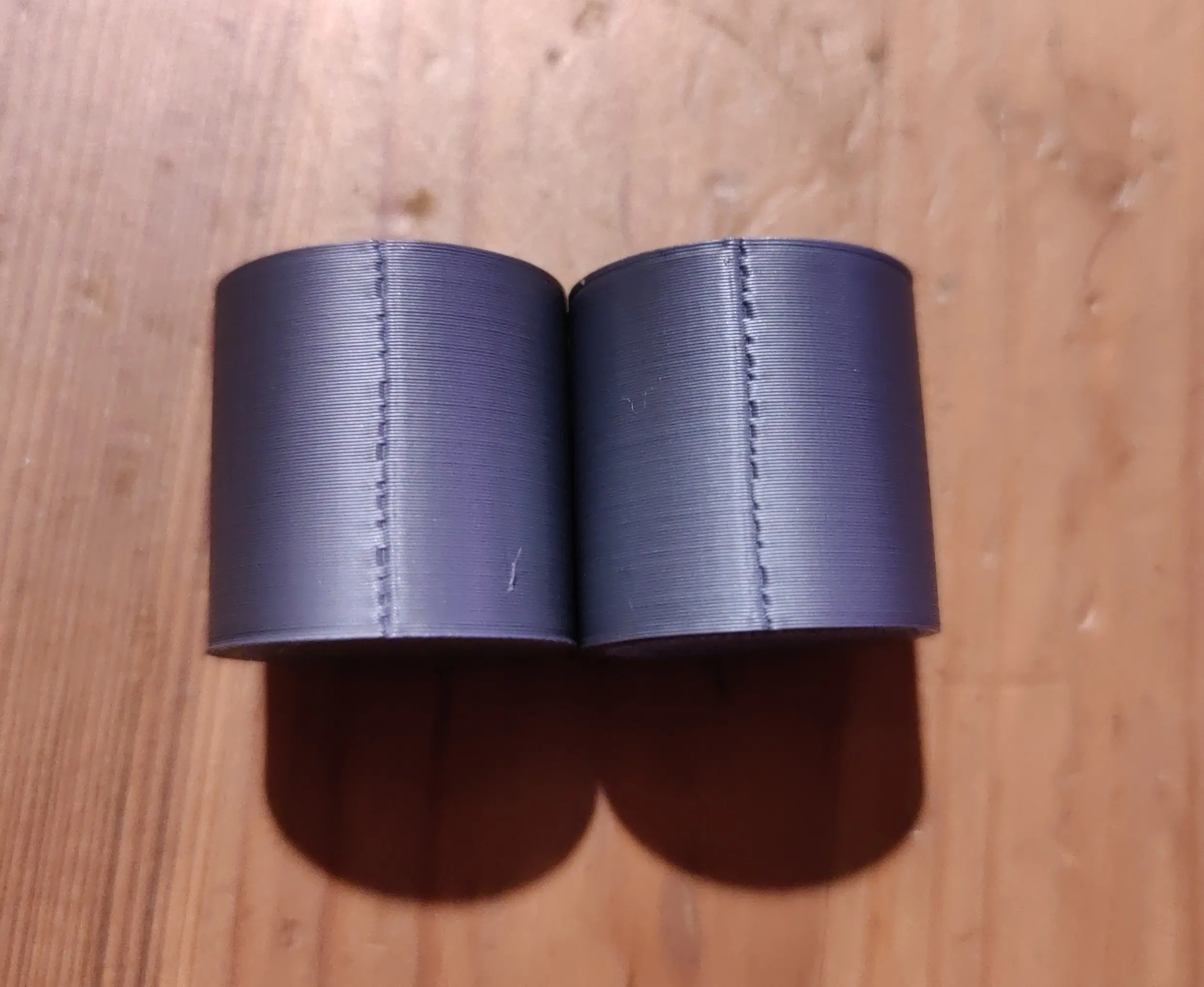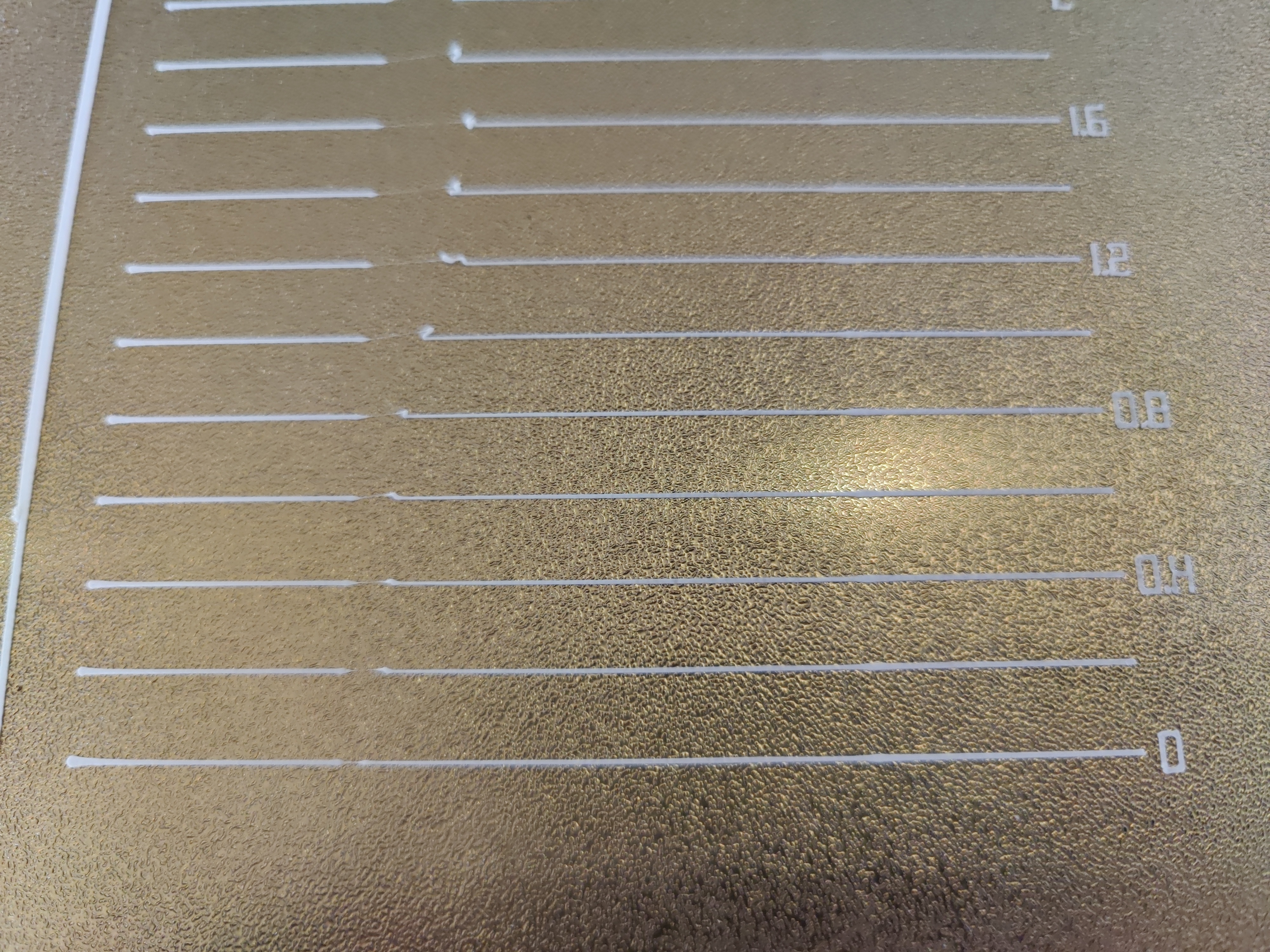Garmin is pretty much gold standard when it comes to sports tracking. Most other brands are a step down, and I imagine a FOSS watch like the bangle.js is a significant step down from Garmin watches WRT sports tracking.
DreadPotato
The solution was more cooling. It was warping due to too much heat, I increased cooling to 100% and reduced overhang speed slightly and it now prints well.
Both ASA and ABS are approved materials. ASA has higher heat defection than ABS, should be easier to print and it smells significantly less when printing.
Fans are completely disabled, except for overhangs and bridges. If I disable fans for overhangs and bridges, they sag like crazy.
I doubt draft shield is going to do anything, the printer is already completely enclosed in a tent. I have around 50-55°C inside the tent.
Edit: I tried a re-print with less cooling for overhangs, it seems to exacerbate the issue significantly.
Piped isn't working for me either anymore. I was using piped.adminforge.de before, but I've tried other instances too without any luck. It won't load play any videos at all. I can search and find stuff without issues, but I can't play anything.
I just swipe left for "back" (android), and I can access everything just fine, it just closes the TOS. Just do that every time I open the app, works like a charm.
No, its objectively insane behaviour...not to mention illegal (at least where I live). It's not only dangerous for you (that bike helmet isn't going to do shit to save you if you're hit by a car at >60mph), but you're creating a dangerous congestion because you're going way too slow for the flow of traffic. Please don't be an idiot and drive a bike on the highway, mopeds are not allowed there either (where I live)
Yes they should have significantly better bike and pedestrian infrastructure
No, its not an excuse to behave like a fucking maniac and ride a bike on an expressway...That is an absolutely insane thing to do. Basically any other road is a better solution, even if it's means taking a less direct route. Not everything can be done in a beeline from A to B.
You're just making it ~~worse~~ better.
But then you don't want face-melting lasers.
Now hold on...I can see that being useful too. Two consecutive failed face IDs? BAM!!!* face melting laser on the (probably) unauthorized person trying to access your phone.
These watches typically come with charging cables, not a docking style station that you put them in. And keeping devices at a perpetual full charge for expended periods of time is a surefire way to kill the capacity quickly.



Wow yeah that first one is pretty terrible looking 😅
I'm decently pleased with mine though, but I'm really looking forward to the quality on the voron. I actually already have "the filter" on my current printer (slightly oddly placed in the tent, but it works), and I just connected it directly to the printer PSU and manually turn it on/off with a toggle switch.